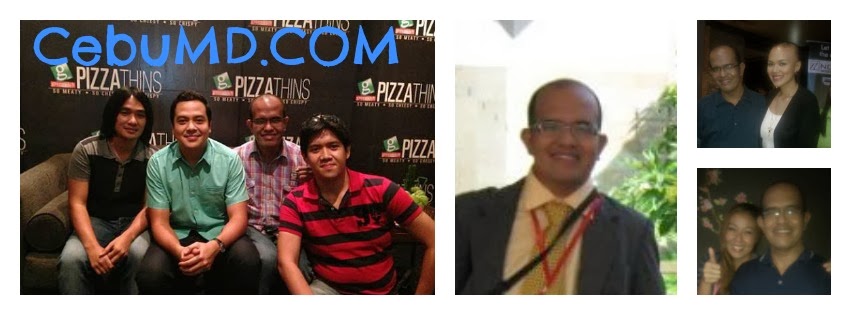I asked myself before, why just surf when I can also earn at the same time? Want to know two ways? I will enumerate below.
I am relatively new to earning online but I must say I am beginning to enjoy it. I have extensively researched different review sites before joining to make sure the sites I will be joining are not scams.
I would like to talk about 3 sites which many reviewers speak well of in terms of being legit. Many of the review bloggers presented many proofs of payment from them so I guess the sites below are ok.
One of these sites is Neobux. According to many, you just click and you'll earn money little by little. Refer your friends they say and you earn more. Their banner is found below. I checked the site and joining is free! You don't have to pay anything. More after the banner.

Another is JPHFBux which seems to be also a legit PTC site. A strategy used by PTC participants is to click various PTC ads while waiting for other PTC ads to load. Below is their banner.

The next website is a paid survey site. You take online surveys where you qualify, you earn money usually around $1-$5 if I'm not mistaken. One of the respectable survey sites is survey savvy. Before I give the link, let me clarify that I am not claiming that you will get rich from these sites. But you will earn extra income while just surfing or passive income as your referrals also participate in surveys.
Below is the link to join survey savvy, again for FREE:
https://www.surveysavvy.com?id=4309422&action=join
Together let us enjoy surfing while earning money. I will be featuring other sites as I encounter them on succeeding posts.
